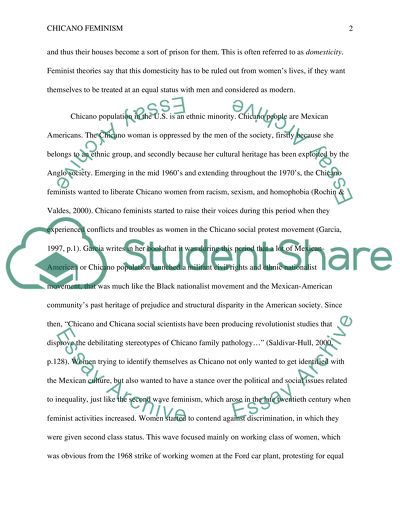Cite this document
(“Chicano Feminism Term Paper Example | Topics and Well Written Essays - 2000 words”, n.d.)
Retrieved de https://studentshare.org/sociology/1451973-chicana-feminism
Retrieved de https://studentshare.org/sociology/1451973-chicana-feminism
(Chicano Feminism Term Paper Example | Topics and Well Written Essays - 2000 Words)
https://studentshare.org/sociology/1451973-chicana-feminism.
https://studentshare.org/sociology/1451973-chicana-feminism.
“Chicano Feminism Term Paper Example | Topics and Well Written Essays - 2000 Words”, n.d. https://studentshare.org/sociology/1451973-chicana-feminism.


